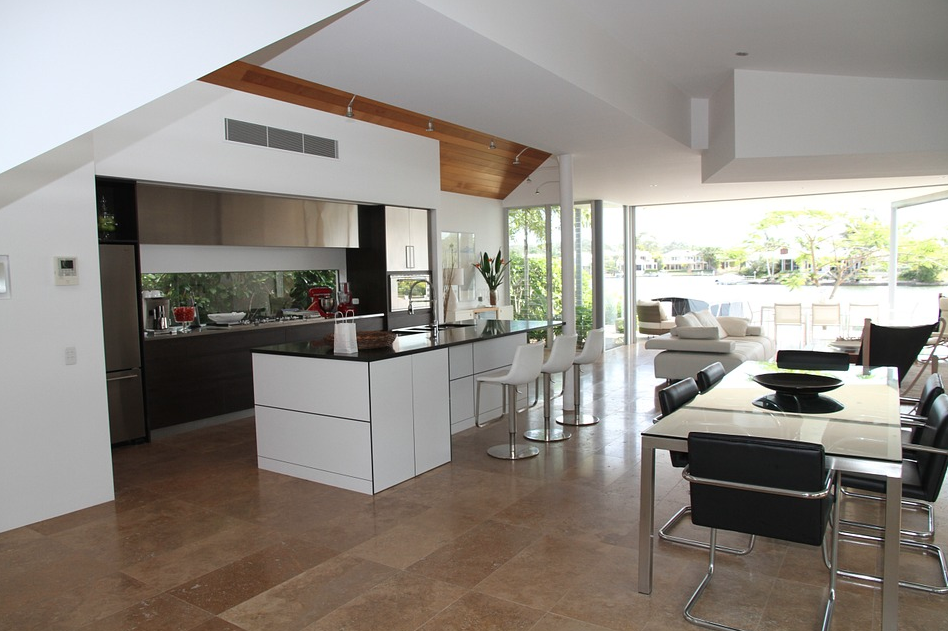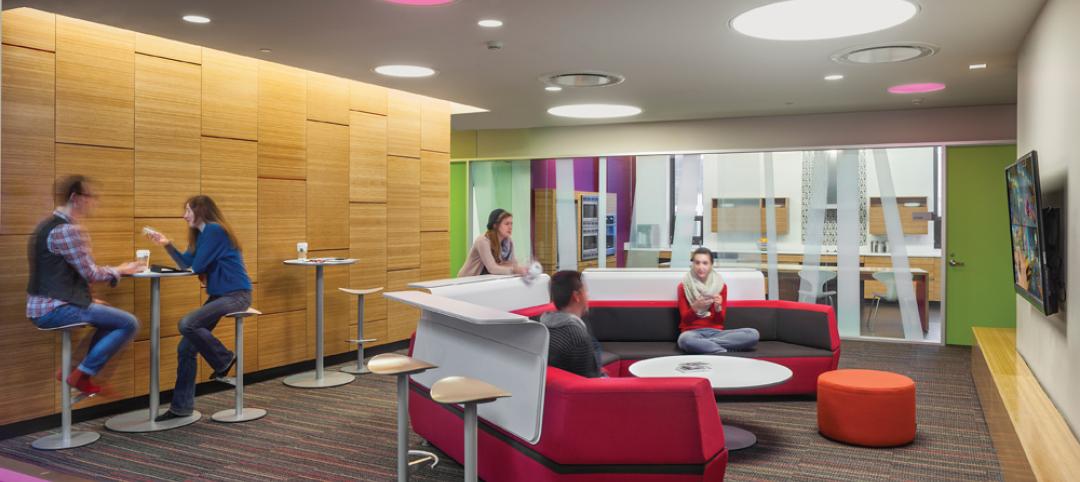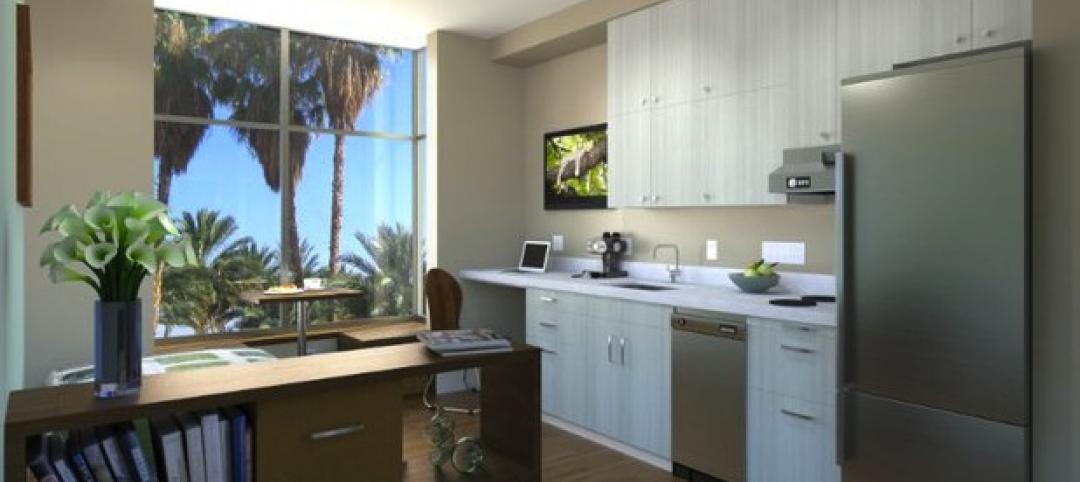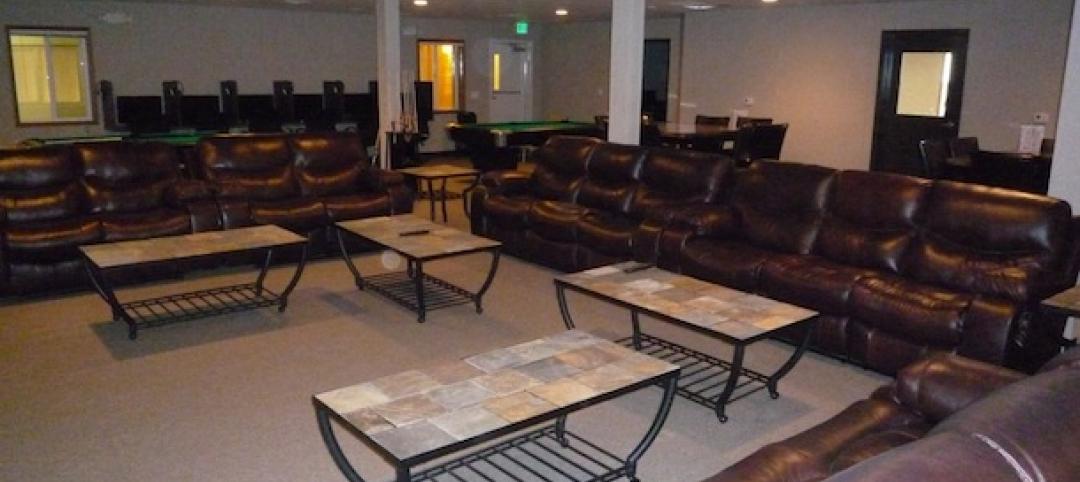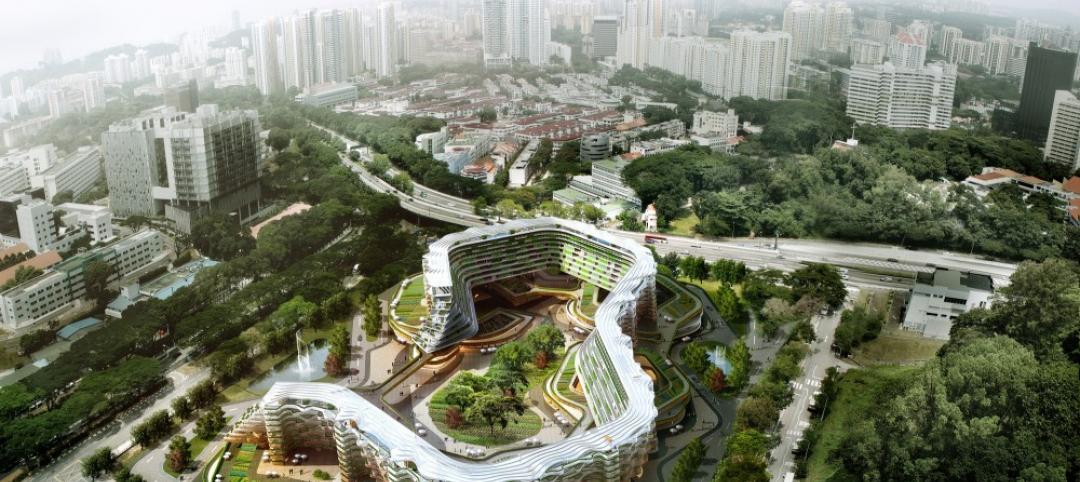Trends, ideas, and considered opinions from multifamily developers and market experts at Marcus & Millichap’s “Multifamily Forum,” held earlier this year in Chicago:
> Bigger units are selling like crazy. “The supply of condos out there is high end and much larger in size,” said Tom Weeks, Executive General Manager for Development, Lendlease. Ditto for rentals, said James Letchinger, President, JDL Development. “We’re seeing a new wave of renters with empty nesters wanting to move downtown,” he said. His firm experienced “unbelievable leaseup” for the larger units in one of its downtown buildings.
> The workforce shortage is killing business. “There just aren’t enough subs to get the work done,” said Letchinger. “There’s a huge workforce out there that’s just not being tapped. We need to get people into the unions, and we need the big contractors to help more minorities to become owners of their subtrade firms.”
> Keyless entry is going to be the new norm in multifamily. Alex Samoylovich, CEO, Cedar Street, said he’s working toward keyless entry via tenants’ cellphones across his firm’s portfolio of 18 properties. “Seventy-five percent of our tenants have given us permission for keyless entry into their units to deliver packages,” he said. Keyless technology can even be a revenue stream, he said. “We did $85,000 last year in lockouts.”
> Parking is going away in crowded urban markets. “Our ratio now is 0.4 spaces/unit, and zero parking in TODs,” said Sar Peruri, Principal, Oxford Capital Group, developer of the 429-luxury-unit Essex on the Park, Chicago. Derek Lopez, Managing Director, GEM Realty Capital, said his firm is looking into how to repurpose its parking decks down the road. But panelists agreed that resident parking is still essential in second-tier cities and the suburbs.
> Figuring out what Millennials want remains a puzzlement. “They’re now 35, not 25, and they’re forming families,” so their housing demands are changing, said Jim Driscoll, SVP of Development, Waypoint Residential. But John S. Sebree, Marcus & Millichap’s National Director of Multifamily, said, “Tenants in B and C apartments”—many of whom presumably are Millennials—“will usually start buying homes, but that’s just not happening.”
> The amenities war is “out of control,” said Alan George, Chief Investment Officer, Equity Residential. “We’re building small, usable conference rooms, with really good WiFi,” he said. “That’s really important.” But he questioned whether building, say, a full indoor basketball court is justifiable. Choosing the right mix of amenities for each project is critical.
> Rightsizing amenities remains an art form. Lindsey Senn, VP at Chicago developer Fifield, said that at the firm’s 390-unit Sinclair luxury tower, “We built the biggest fitness center we’ve ever done, and the residents said they wanted even more.”
> Teamwork is more important than ever. “With construction costs going up, the teamwork with the developer, the contractor, the architect, and the interior designer has to be even more intense,” said Jack Boarman, Partner, BKV Group. “We need to find new ways of manufacturing, like modular baths, and subtrade innovation that can save time and money.”
Related Stories
Sponsored | | Dec 30, 2014
Case studies: Engineered wood brings cost savings, design flexibility across commercial project types
For commercial architects facing increasing pressure to design innovative structures while simultaneously cutting costs and accommodating tight deadlines, engineered wood systems are providing a welcome solution.
| Dec 28, 2014
Robots, drones, and printed buildings: The promise of automated construction
Building Teams across the globe are employing advanced robotics to simplify what is inherently a complex, messy process—construction.
| Dec 28, 2014
AIA course: Enhancing interior comfort while improving overall building efficacy
Providing more comfortable conditions to building occupants has become a top priority in today’s interior designs. This course is worth 1.0 AIA LU/HSW.
| Dec 28, 2014
6 trends steering today's college residence halls
University students want more in a residence hall than just a place to sleep. They want a space that reflects their style of living and learning.
| Dec 22, 2014
Studio Gang to design Chicago’s third-tallest skyscraper
The first U.S. real-estate investment by The Wanda Group, owned by China’s richest man, will be an 88-story, 1,148-ft-tall mixed-use tower designed by Jeanne Gang.
| Dec 17, 2014
ULI report looks at growing appeal of micro unit apartments
New research from the Urban Land Institute suggests that micro units have staying power as a housing type that appeals to urban dwellers in high-cost markets who are willing to trade space for improved affordability and proximity to downtown neighborhoods.
| Dec 15, 2014
SHoP Architects plans to turn NY's Seaport District into pedestrianized, mixed-use area
The scheme includes a proposed 500-foot luxury residential tower that would jut out into the harbor, extending the Manhattan grid out into the waterfront.
Sponsored | | Dec 3, 2014
Modular Space Showcase: Bringing work-life balance to energy workers in the Bakken region
To meet the demands of the booming energy business, Williston needs to provide homes, recreation centers, restaurants, hotels, and other support facilities for the tidal wave of energy workers relocating to the Bakken Shale area. SPONSORED CONTENT
| Dec 2, 2014
First existing multifamily buildings to earn Energy Star certification unveiled
River City in Chicago is one of 17 existing multifamily properties to earn Energy Star certification, which became available to this sector on Sept. 16 via a scoring system for multifamily properties that Energy Star and Fannie Mae had been developing for three years.
| Dec 2, 2014
SPARK designs urban farming housing for Singapore’s elderly population
The proposal blends affordable retirement housing with urban farming by integrating vertical aquaponic farming and rooftop soil planting into multi-unit housing for seniors.


